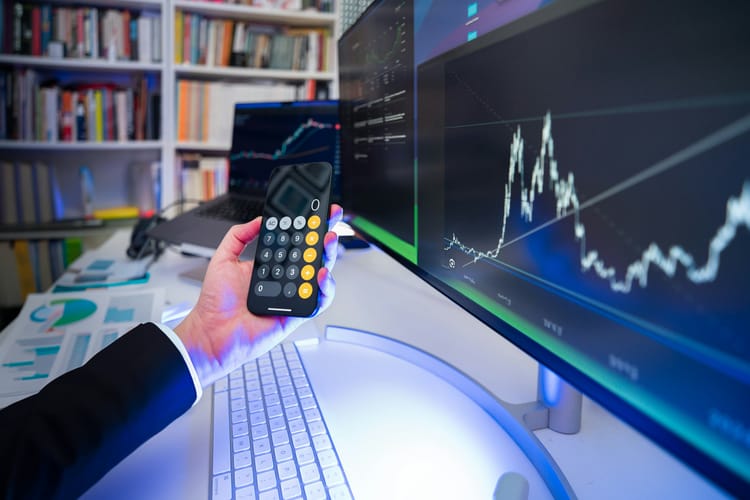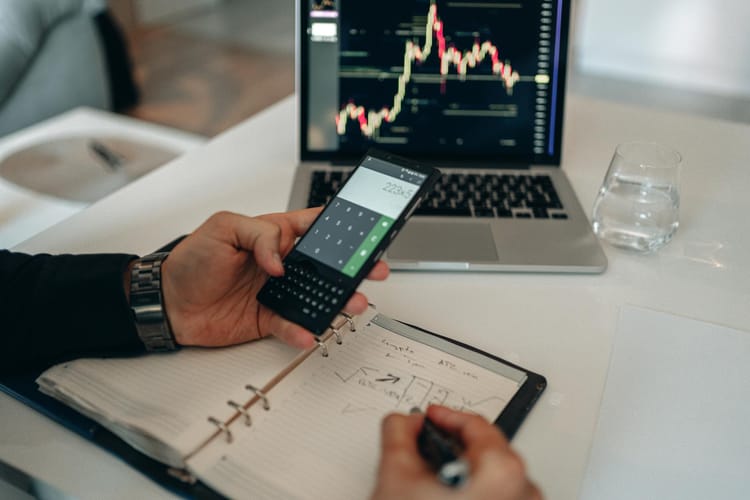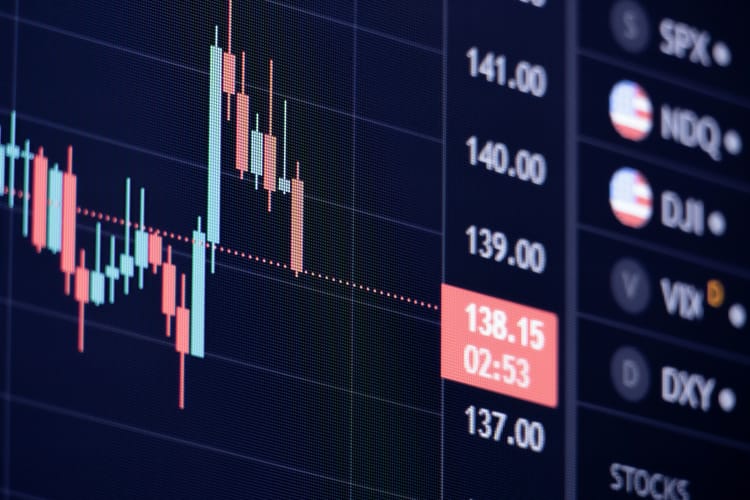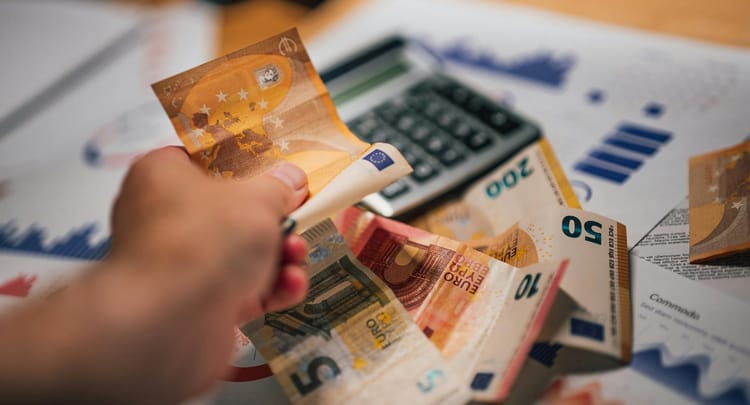How to Track Trading Performance in 5 Simple Steps?
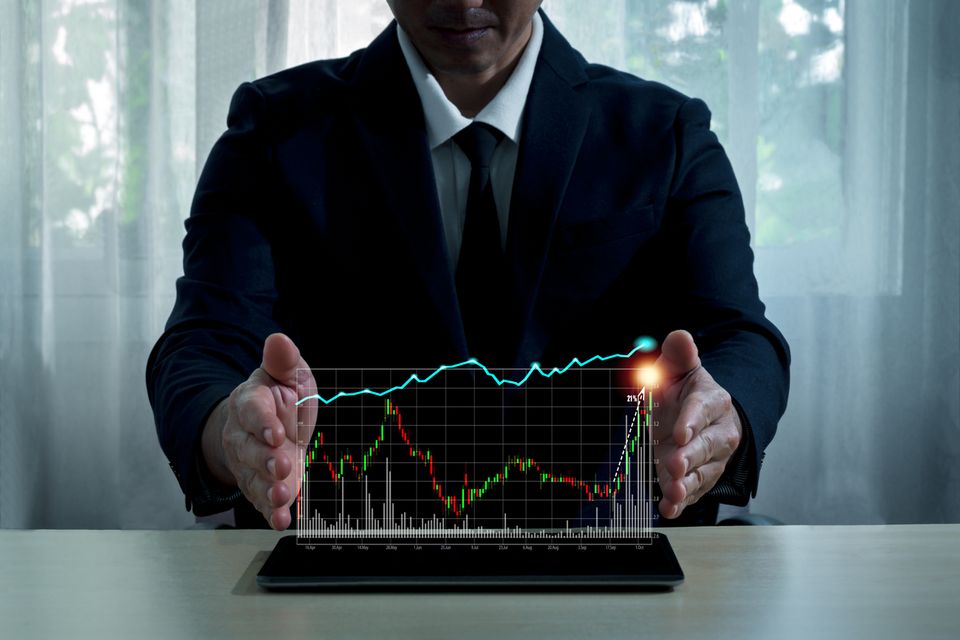
If we are to ask you what is the main objective you want to achieve from trading, What will be your answer ?
If your answer is “Profit” then think twice -
Many successful traders and experts like Dr. Alexander Elder, Author of the famous modern classic book, "Trading for a Living", think otherwise.
According to them, their main objective is to follow their systematic trading strategy with high probabilities, and the profits will follow as a result.

Jesse Livermore, Probably one of the greatest traders of all time, went from poor to rich and back to poor several times during his trading career. At each step of his career, his story underscores the importance of learning from one's mistakes, making and then losing fortunes due to some impulsive decisions and overconfidence, & and then realizing again the need to seek feedback and learn from his errors. His transformation into a successful trader came when he committed to more disciplined risk management and decision-making.
So here in this blog, we will show you how to take control of your trading journey by tracking your trading performance;
So let's start;
How to Track Trading Performance
Tracking your trading performance is a vital aspect of becoming a successful trader. It involves keeping a record of your trades, analyzing your decisions, and learning from your successes and failures.
The Process can be completed in 5 simple steps;
- Set Realistic Goals
- Keep a trading journal
- Analyze Your Winning and Losing Trades
- Calculate Key Performance Metrics
- Analyze your behavioral patterns
- Use Trading Performance Analytics Tools
- Review and Adjust Your Trading Plan
- Stay Emotionally Disciplined
We now break each Step in a bit of detail;
Step 1: Set Realistic Goals
Setting a realistic goal provides a clear roadmap, ensuring your efforts are purposeful and well-directed. Realistic goals are achievable and help manage expectations & most importantly, they reduce the emotional stress of trading.
They also serve as a benchmark for evaluating your performance, enabling you to make data-driven decisions and adjustments as needed.
You can set Goals as per your own level of expertise and risk tolerance levels, but here are some of the types of goals you might consider:
Achieving a Specific Win Rate: Deciding on a percentage of your trades that you aim to make profitable can set you some clear directions. For example, setting a goal of a 60% win rate will mean that you want 60 out of every 100 trades to be winners.
Maintaining a Minimum Risk-Reward Ratio: You'll want to ensure that, in every trade you make, the potential reward is at least a certain number of times greater than the potential Risk. Many traders aim for a risk-reward ratio of 1:2 or better. For instance, if you're willing to risk $100 on a trade, you should aim to make $200 or more if it goes well. This helps you safeguard your trading capital and seek better opportunities.
Limiting Risk in a Single Trade: Decide the maximum amount or percentage of your total trading account you're willing to risk in a single trade. This acts as a safety net, preventing you from putting too much of your money at stake in one go. It's a crucial aspect of risk management.
Setting Monthly or Yearly Profit Targets: Consider how much money you'd like to make from your trading in a given time frame, like a month or a year. By having a specific profit target, you create a clear objective to work towards. This can help you stay motivated and focused on your financial goals.
Having these well-defined goals is like having a roadmap for your trading journey. It keeps you disciplined and focused on continual improvement. Achieving these goals will depend on your trading strategy, risk tolerance, and market conditions, but they provide you with clear targets to aim for.
Step 2: Keep a Trading Journal
Once the goals are set and you start trading, its time to update everything in your trading journal. Updating the trading journal regularly helps you keep everything in order and makes it easier to look back at your trades. In this journal, you need to write down a bunch of essential information for every trade you make:
- The date and time you made the trade.
- What you were trading (like a stock, a currency pair, or a cryptocurrency).
- The price you bought at and the price you sold at.
- How much of what you bought or sold (like the number of shares or contracts)?
- The strategy you used to make the trade.
- Why did you decide to make the trade, like if it was based on technical stuff or news?
- The levels at which you said, "If it goes down this much, I'll stop the loss," and "If it goes up this much, I'll take the profit."
- How long did the trade last?
- Whether you made money, lost money, or didn't make or lose anything (breakeven).
- How did you feel while making the trade, like if you were nervous, confident, or unsure?
By doing this, you can find patterns in your decision-making, which can help you improve your trading skills. It's like having a diary for your trading adventures, and it's super helpful for getting better at it.

Step 3: Analyze Your Winning and Losing Trades
Someone said somewhere that.
"Measuring key performance metrics is the first step to improving your trading game."
And the statement is very true indeed!
Calculating Key performance Metrics is the most basic requirement for tracking your trading performance.
You see, Tracking the trading performance involves two different types of analysis.
On one hand, you make all the calculations, like your win-reward ratio, and see if your strategy is working.
On the other hand, it also involves recognizing and comprehending the emotional and theoretical aspects of your trading, like evaluating your performance during emotionally charged trades and assessing your success in those situations.
Let's look at each aspect below;
A) Calculate Key Performance Metrics
To determine how well you're doing as a trader, you need to use some essential numbers to measure your performance. These numbers give you insights into how good your trading strategy is and how well you manage Risk.
Win Rate: This is the percentage of your trades that make you money out of all the trades you make. For example, if you profit in 70 out of 100 trades, your win rate is 70%. A higher win rate generally means your strategy is better. But here's a question: What would be a reasonable win rate for someone good at trading?
Risk-Reward Ratio: This is about comparing how much you could make with a trade to how much you could lose. Imagine you're willing to risk $1 to make $2. That's a risk-reward ratio of 1:2, and it's considered good because your potential reward is at least twice your potential loss.
Average Gain and Loss: This is about figuring out how much money you usually make when a trade goes your way and how much you typically lose when it doesn't. It helps you understand how significant your wins and losses are generally.
Expectancy: This is a bit more complicated. The formula considers your win rate, risk-reward ratio, average gains, and average losses. A positive expectancy means, on average, your trading system is likely to make money over time.
P.S. This is where the Afterpullback's trading Signals become a more than convenient feature which focus on the RCA Framework - Risk, Consistency, and Accuracy to find the trades with higher probabilities of success.
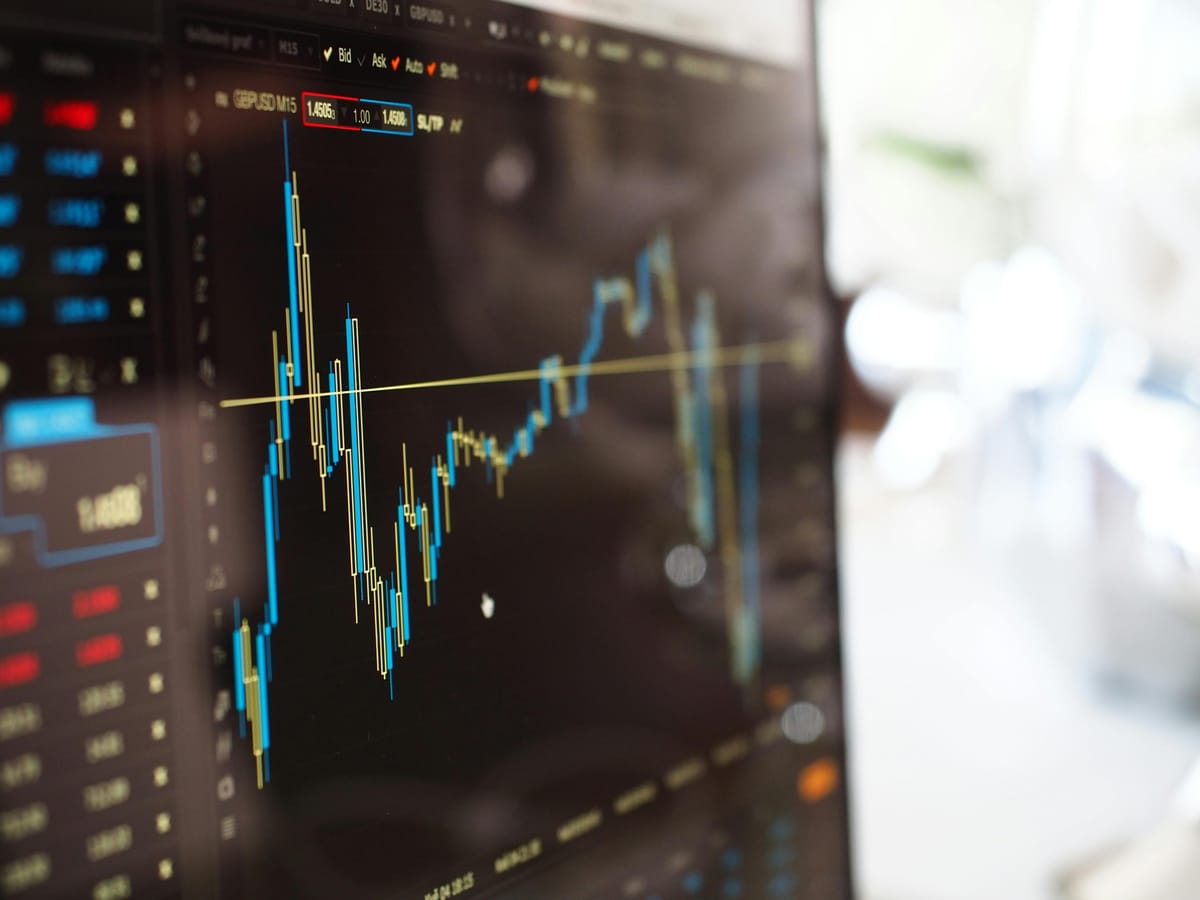
B) Analyze your behavioral patterns
After you've recorded lots of your trades in your journal and calculated all the numbers against your performance, it's time to figure out what's working and what's not.
You want to look for things that are common among the trades where you made money and the ones where you lost:
Take out your trading journal, evaluate the performance indicator against each trade, and then have a look at your emotional state when you were making that trade
- Are there specific ways you make trades or patterns that often lead to success?
- Do you sometimes make quick decisions that end up causing losses?
- Are there specific times of the day or trading sessions when you do better?
- Are your feelings, like being scared or too eager to make money, affecting your decisions?
When you find these patterns and trends, you uncover the secrets to your trading success.
You can use this information to make your trading strategy even better and avoid making the same mistakes in the future. It's all about learning from your experiences and getting smarter as a trader.
C) Use of a Trading Performance Analytics Tools
In Trading these days, calculating the performance metrics and analyzing the behavioral patterns against them have become far more accessible with the help of Trading performance analytics tools.
These tools can be precious for traders because they help streamline the tracking and analysis of your trades. Instead of manually crunching numbers and sifting through data, these tools do a lot of the work for you. They can automatically generate detailed reports about your performance, providing visual representations of your trades and various statistics.
Many trading platforms come equipped with built-in performance analytics features, making it easy to assess your trading results. Additionally, third-party applications and software are available, which can offer even more advanced and specialized tools for performance analysis.
These analytics tools can offer insights such as your win rate, risk-reward ratios, and how well you meet your trading goals. They can help you quickly spot patterns and trends in your trading behavior, enabling you to make more informed decisions and refine your strategy.
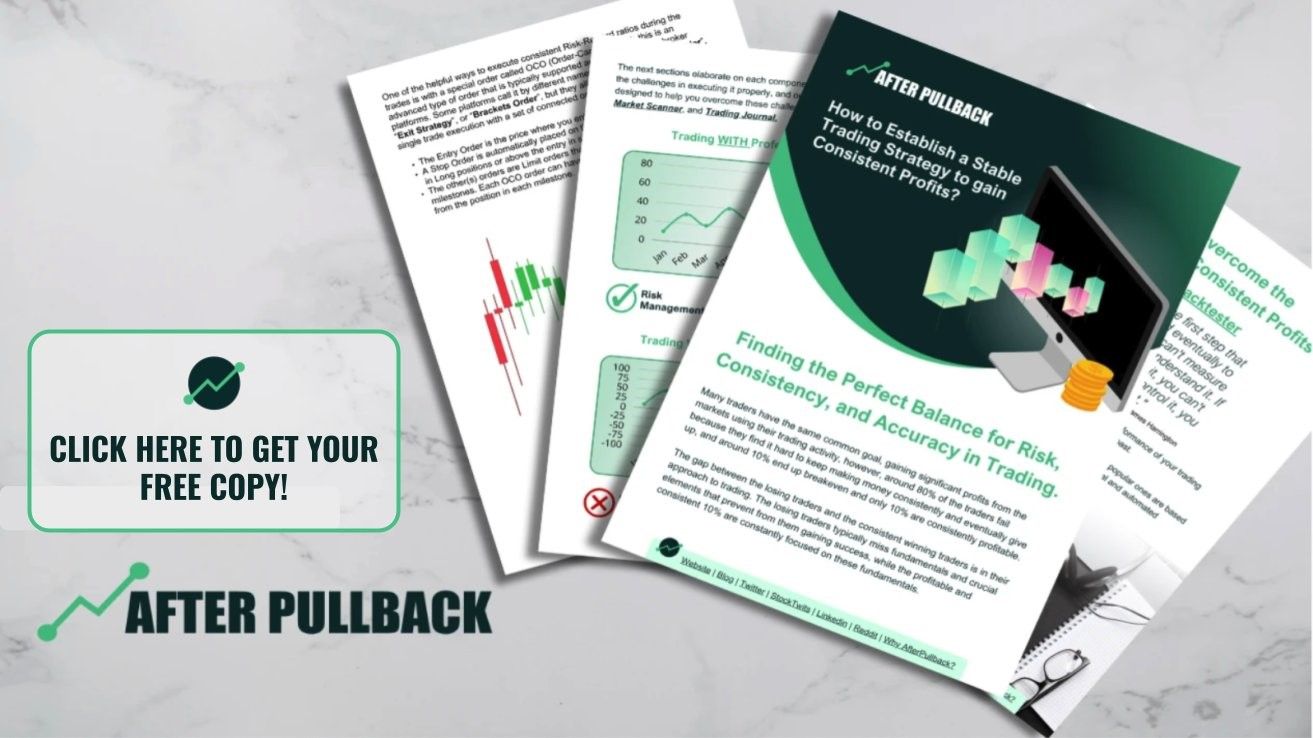
Step 4: Review and Adjust Your Trading Plan
No Trading software or performance analytic tool can give you trading success if you are not willing to change your trading pattern in light of their analysis,
This is why regular review and adjustment is critical.
Regularly reviewing your trading plan and making adjustments is a crucial part of becoming a successful trader. When you analyze your performance, you might discover areas where you need help or making mistakes. This could be related to specific strategies, emotional reactions, or risk management.
For example, if you notice that you tend to lose more money when you trade during certain times of the day or when specific market conditions occur, it's a sign that your current plan may need tweaking.
So, the key is to adapt your trading strategy or risk management rules to address these weaknesses. You may decide to avoid trading during those troublesome times, or you may implement stricter rules to protect your account from losses when the market behaves a certain way. The goal is to learn from your past experiences and continuously fine-tune your trading plan to become a more successful and profitable trader.
Step 5: Stay Emotionally Disciplined
As repeatedly emphasized in these blogs, control of emotions is always the key to success. When you're trading, your feelings and emotions like Fear, Greed or even a feeling of revenge from market can affect how well you do. It's essential to control your emotions to make better decisions.
We are not saying you to be as emotionally disciplined as George Soros, when he famously broke the Bank of England in 1992,
But a certain level of emotional discipline is essential for your trading success.
Here's how you can do it:
- Stick to Your Plan: Have a plan for how you want to trade and stick to it. Don't let your emotions make you change your plan suddenly.
- Avoid Quick Decisions: Sometimes, you might feel like making fast decisions because of your emotions. But it's usually better to take your time and think things through.
- Manage Stress: Trading can be stressful. Find ways to handle stress so it doesn't cloud your judgment. This could be through relaxation techniques like meditation or mindfulness. These practices help you keep a clear and focused mind, even when things get intense.
So, staying emotionally disciplined means controlling your feelings while trading. It helps you make more rational decisions and avoid impulsive moves leading to losses.

Conclusion
In summary, continuously tracking and assessing your trading performance is like maintaining a diary of your trades, helping you learn from your successes and mistakes. By analyzing your trades, crunching the numbers, and setting clear goals, you gradually enhance your trading skills, much like refining your game in sports. Consistency and ongoing learning are the keys to achieving long-term success in the financial markets, ensuring that you evolve as a more proficient trader over time.
Happy trading!



